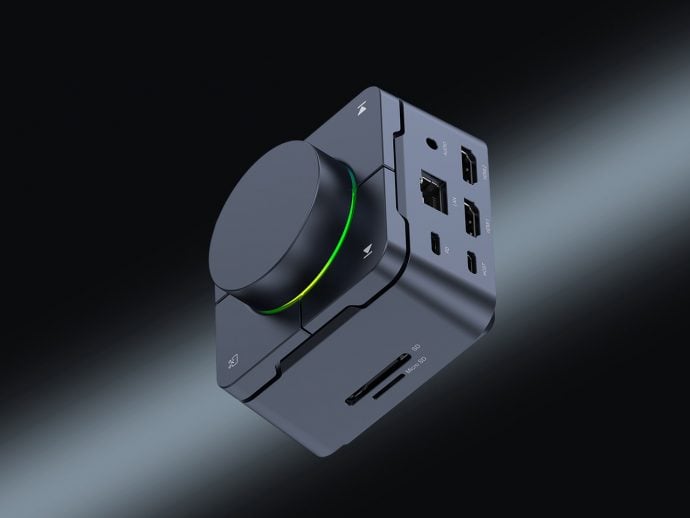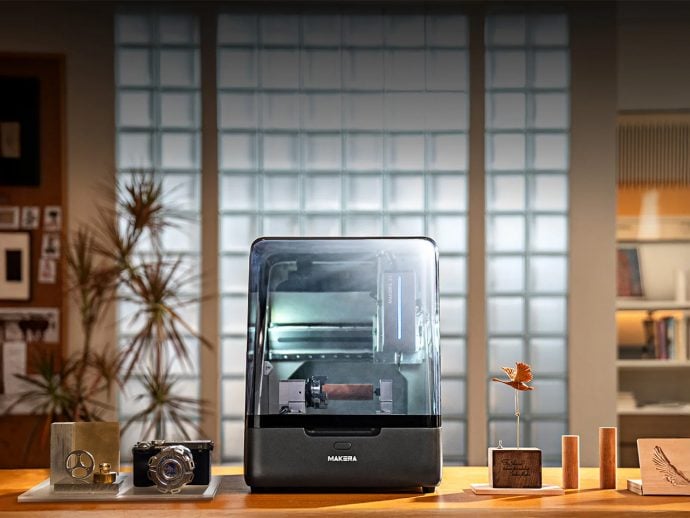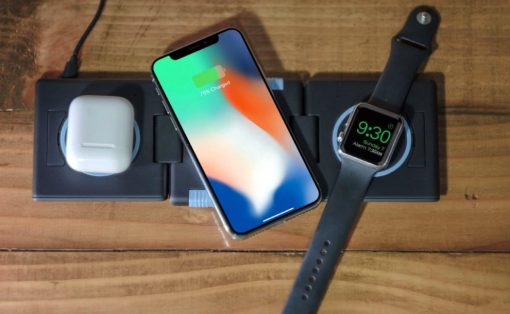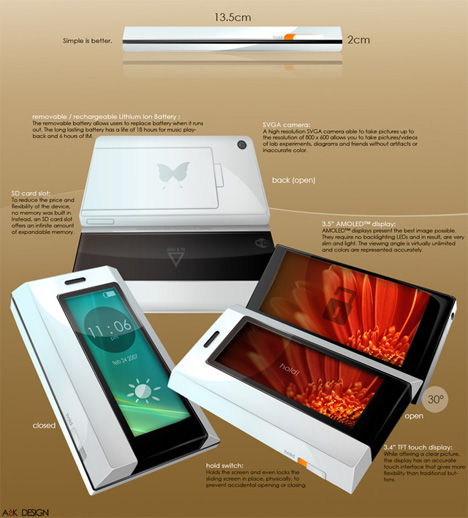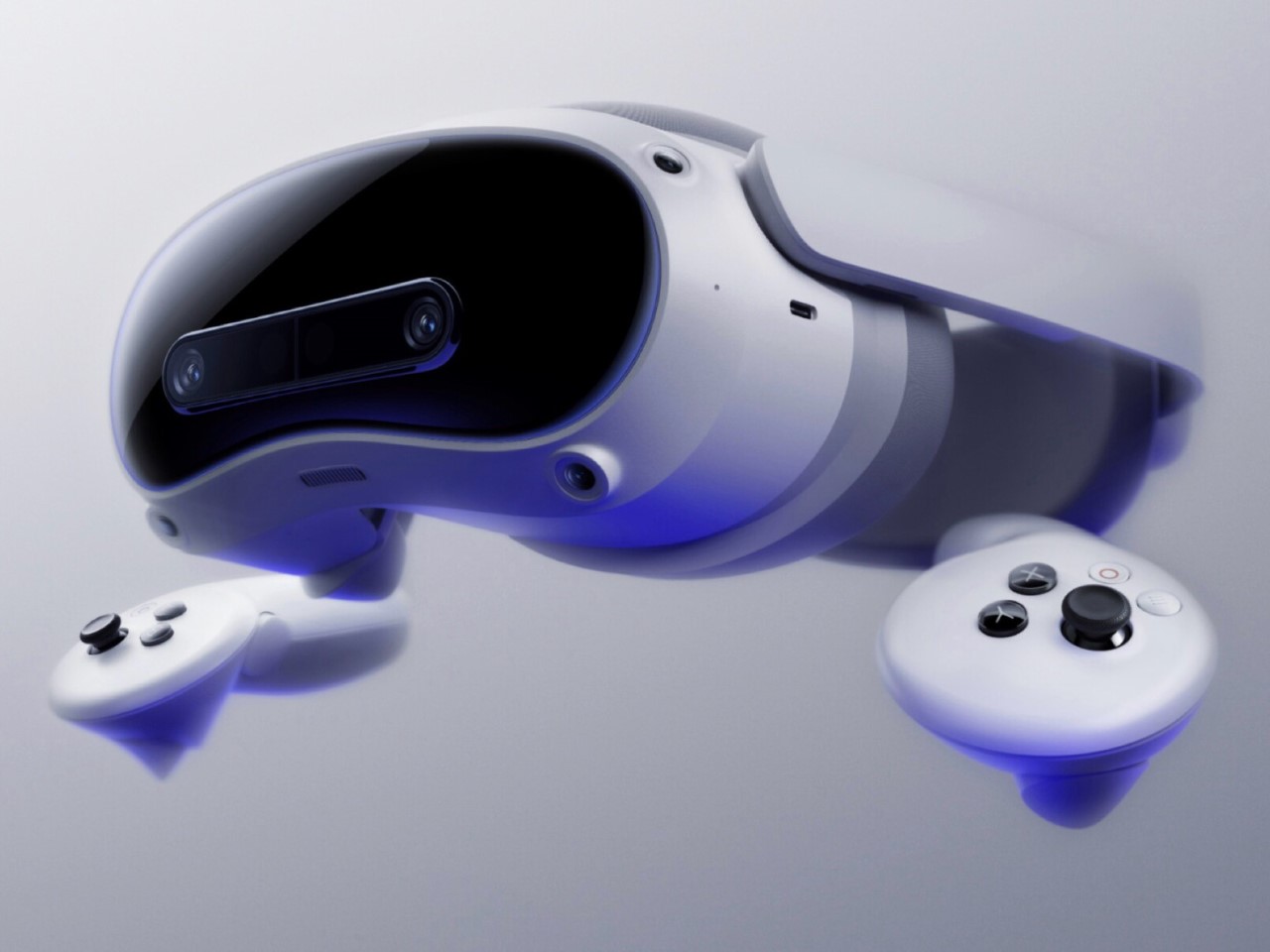
Meta has a monopoly on both social media as well as virtual reality headsets, but not for long because TikTok’s parent company ByteDance is coming to the hardware space with its first mixed reality headset too. The creator behind the world’s most popular (and even polarizing) social media app just acquired XR company Pico, and is planning on launching a headset under its newly acquired sub-brand. The Pico 4S (or 4 Ultra in some countries) is an upgraded version of its predecessor, notably with pronounced pass-through cameras on the front of the headset, redesigned controllers, and a pair of wearable wrist-band sensors for non-controller hand tracking. How the Pico 4S ties into ByteDance’s broader approach towards cornering the VR market is unclear, but then again, Spatial Computing was a total rage last year. Does it mean TikTok could turn more immersive? Or maybe ByteDance has other plans…
Designer: ByteDance
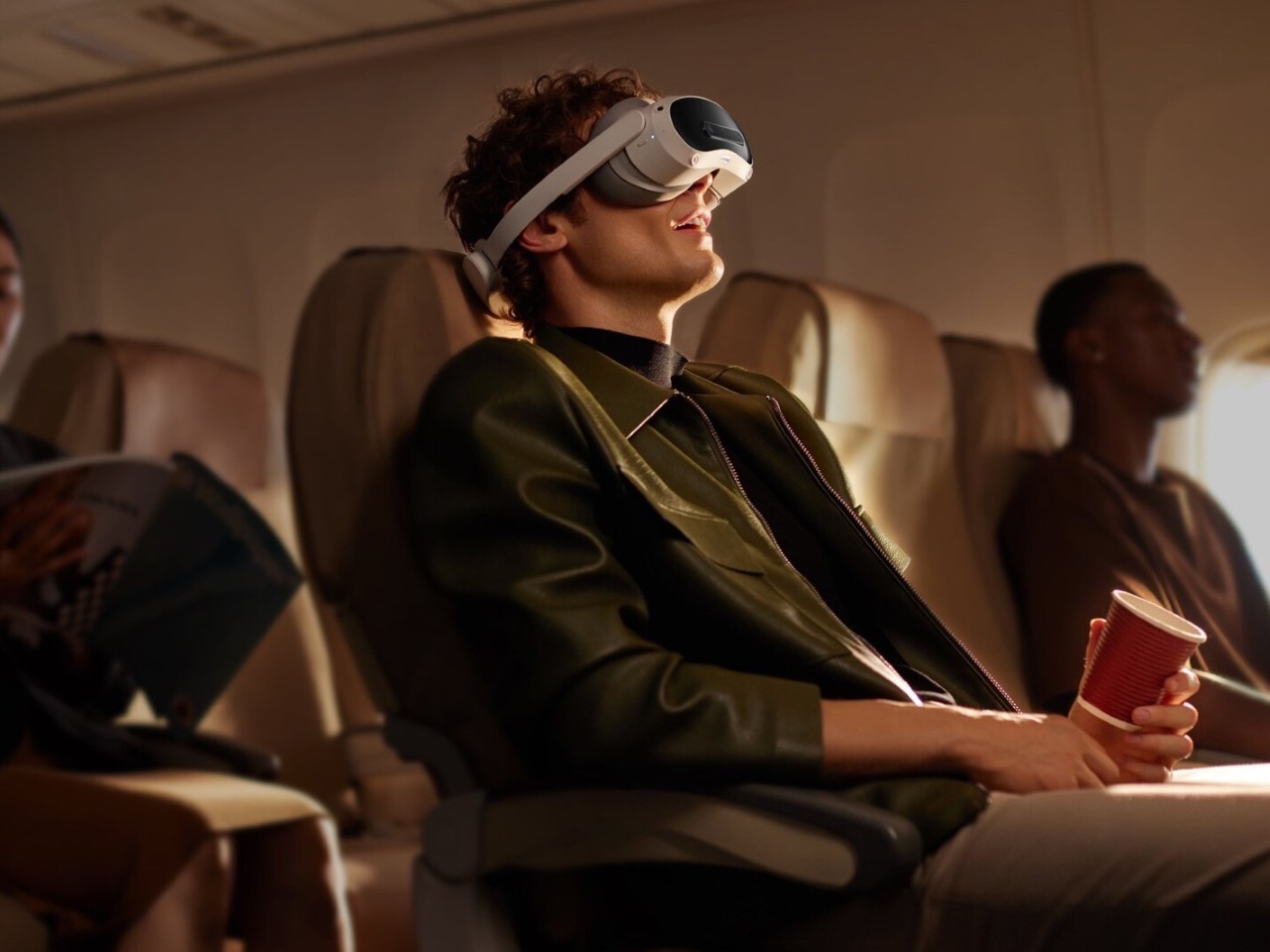
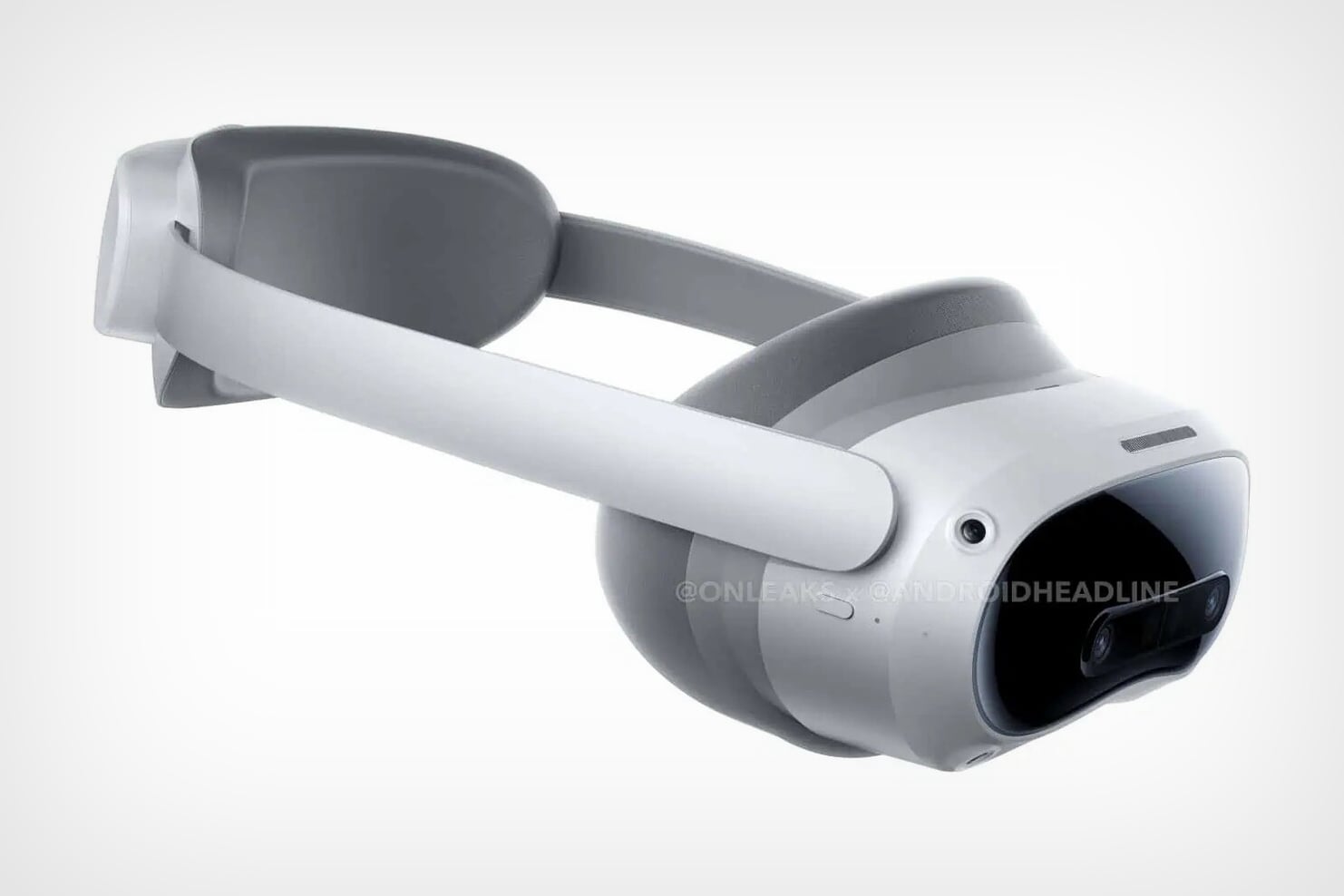
One of the most significant changes in the Pico 4S is the inclusion of a stereoscopic pair of cameras at the front. This upgrade is likely to enhance the pass-through experience, allowing for a more immersive and responsive mixed-reality interaction. The cameras are positioned within a slightly revised front glass design, which still retains the familiar look of the Pico 4. The rear-mounted battery, a feature praised for improving weight distribution and comfort during extended use, remains a part of the design. This thoughtful approach to ergonomics, combined with the new camera system, shows ByteDance’s commitment to refining user experience without drastically altering what worked well in the previous model.
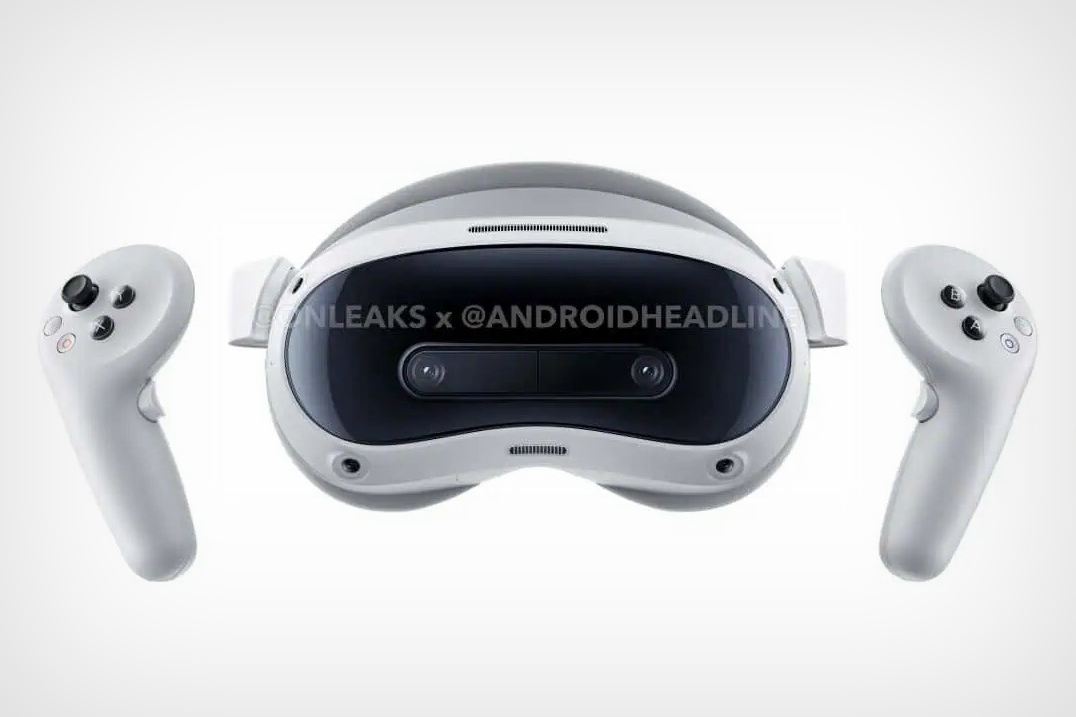
Another addition to the Pico 4S is the set of two wrist straps designed to enhance hand tracking. These straps, equipped with sensors, are expected to offer greater flexibility and precision in scenarios where handheld controllers may not be necessary or desirable. The wrist straps, which appear to be detachable, add a new dimension to the device’s versatility. This feature, coupled with the ring-less controllers that closely resemble those of the Pico 4, suggests that the Pico 4S will be well-suited for a wide range of applications, from gaming to more professional mixed reality tasks.
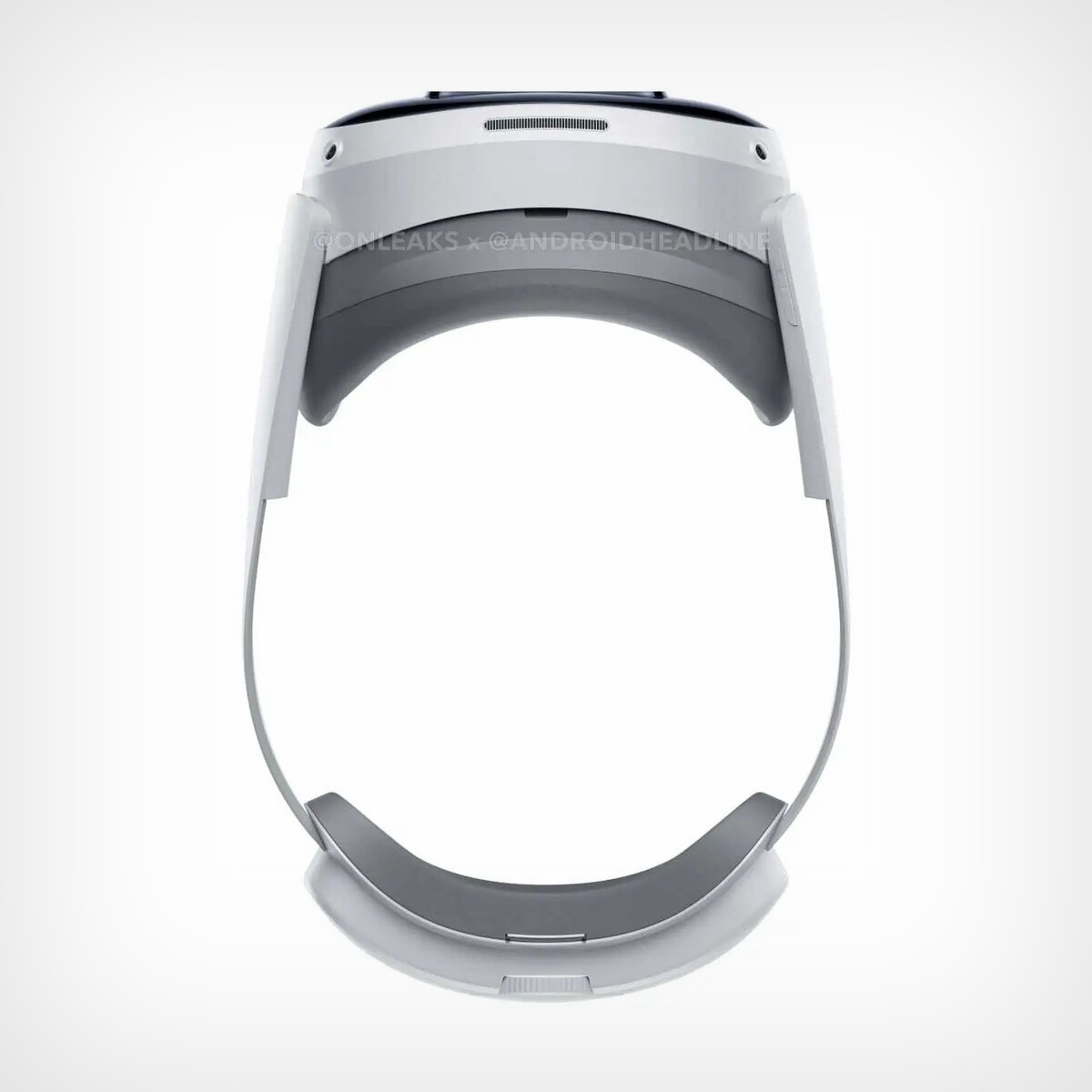
Under the hood, the Pico 4S is rumored to be powered by the Snapdragon XR2 Gen 2 chipset, the same processor found in the Meta Quest 3. This is a notable upgrade from the Snapdragon XR2 Gen 1 used in the Pico 4, promising improved performance and efficiency. Paired with 12 GB of RAM, the Pico 4S is expected to handle demanding mixed reality experiences with ease. The display specifications, likely to mirror those of the Pico 4, include dual 2.56-inch 2160 x 2160 LCD screens with a refresh rate of up to 90 Hz. The motorized inter-pupillary distance adjustment, a feature that simplifies customization for individual users, is also expected to make a return, further enhancing the user experience.
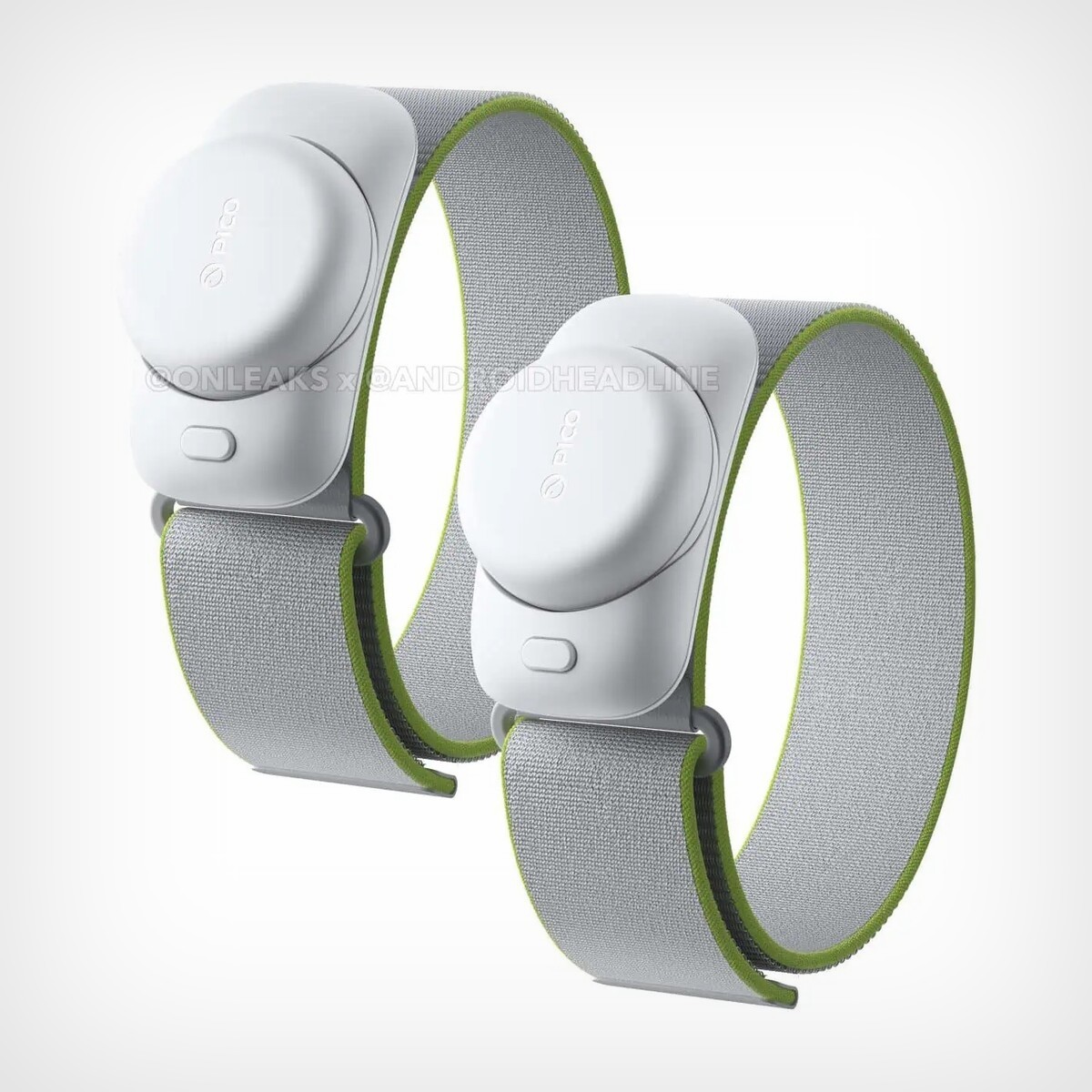
Despite these advancements, the overall form factor of the Pico 4S remains compact and lightweight, ensuring that it will continue to be a comfortable device for extended sessions. The inclusion of spatial audio via in-built speakers and the continuation of motorized inter-pupillary distance adjustment are features that contribute to the headset’s user-friendly design. While the Pico 4 initially faced limited availability outside of Europe and East Asia, its positive reception and expanded availability suggest that the Pico 4S may also see a broader release, possibly entering the competitive US market.
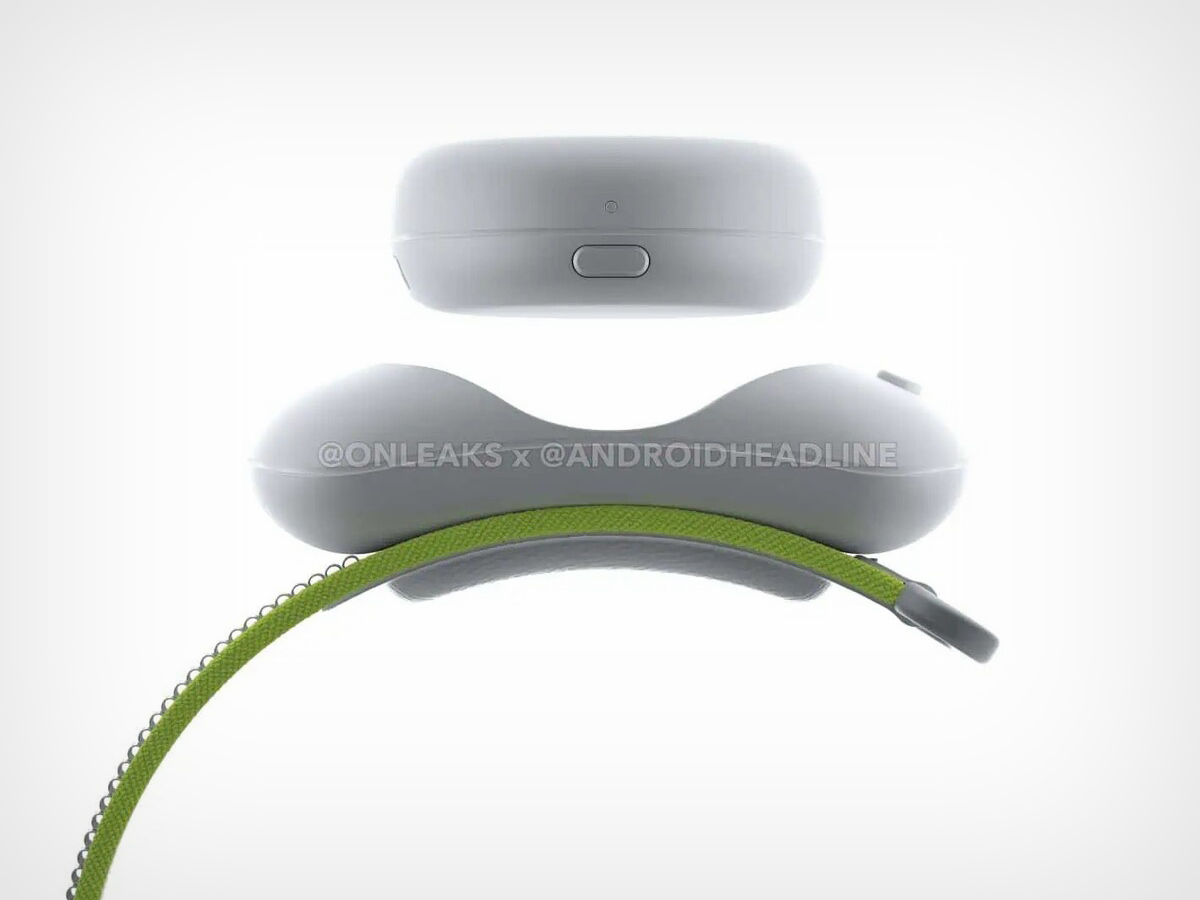
The Pico 4S is poised to challenge the Meta Quest 3 (and even the rumored Quest 3s) with its combination of refined design, enhanced technical capabilities, and thoughtful features aimed at improving user comfort and interaction. As the mixed-reality market continues to grow, the competition between these two headsets will likely drive further innovation, ultimately benefiting consumers looking for more immersive and accessible mixed-reality experiences.
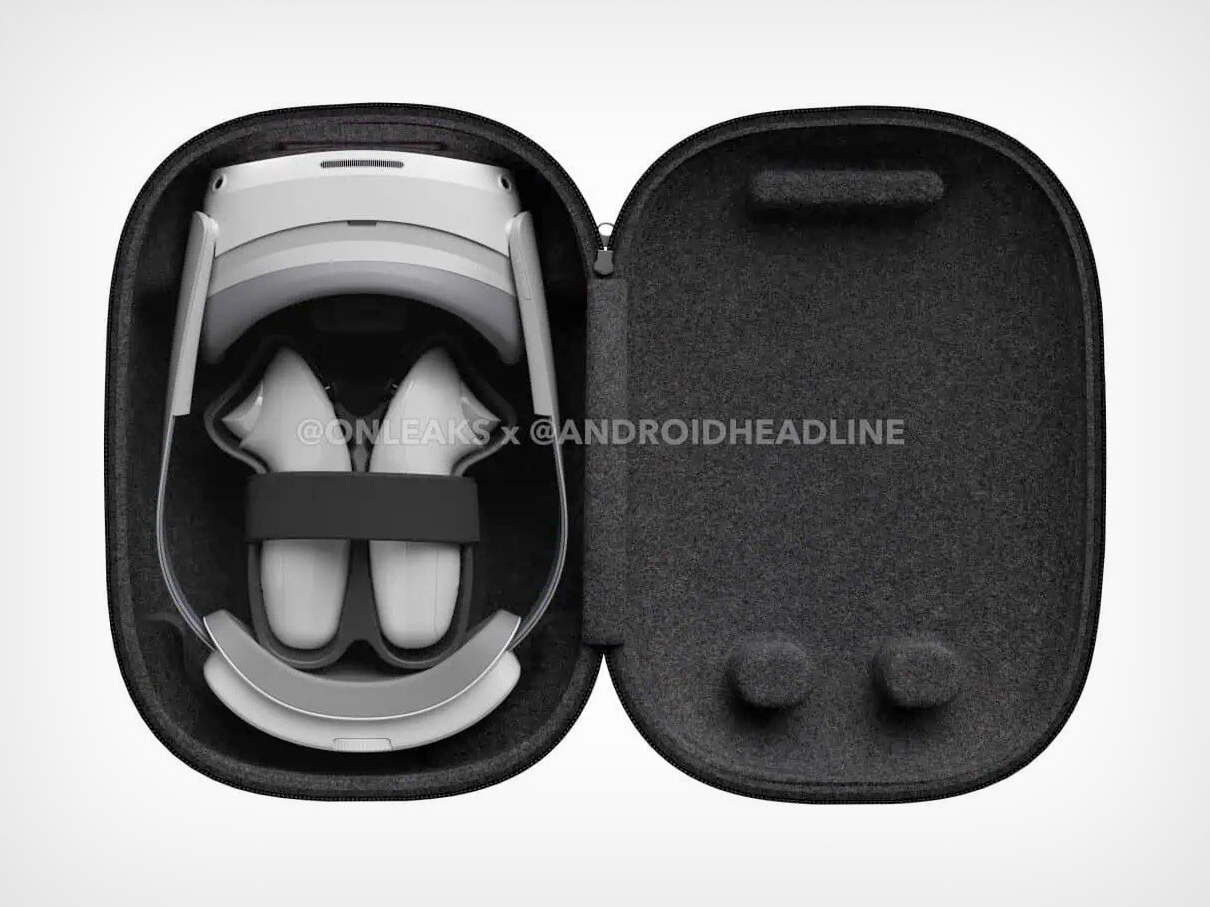
Images via OnLeaks & AndroidHeadline

